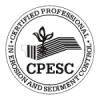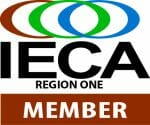Why Attendees (Your Potential Customers) Need It
People who go to trade shows collect stuff. Why? Because it reassures them attending the event was actually worthwhile.
Pictures, business cards, swag…and product literature. Having something in hand, and printed, sends them home feeling positive.
According to a study by the Center for Exhibition Industry Research, attendees collect product literature as a metric, to show they’ve achieved their event attendance goals.
It also provides repetition and reinforcement of your brand and products.
Now, before you go printing off 10,000 copies of everything. Know this…
It’s NOT about more content. It’s about the RIGHT content for the right people. Written clearly.
Don’t Let Gobbledygook Stall the Sales Process
According to Showpad’s 2018 B2B survey, price is the biggest reason the sales process stalls. More interestingly, the second reason is poorly written content. Why? Because it’s either 1) too difficult to understand or 2) too difficult to share internally.
In other words, it’s gobbledygook.
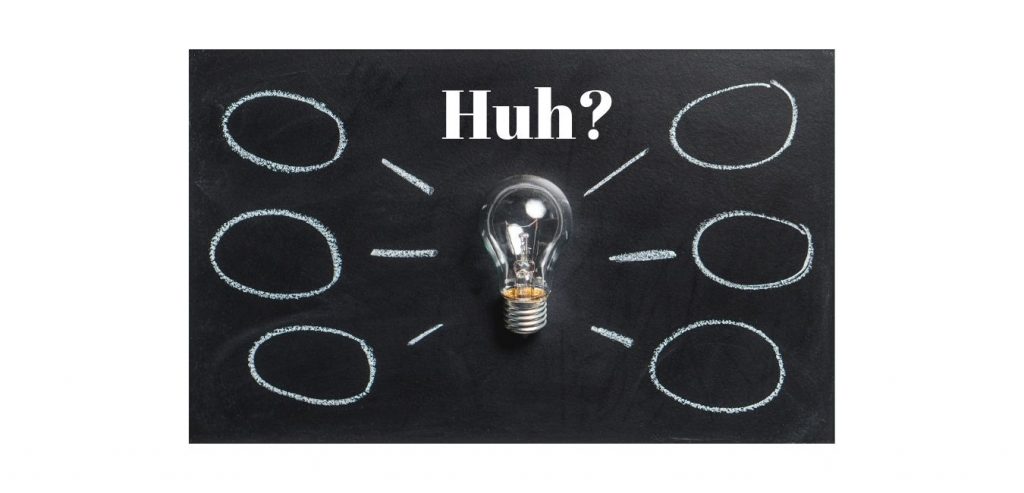
That makes sense considering work done by the well-known psychologist Daniel Kahneman. In his book “Thinking, Fast and Slow”, when something is communicated clearly and repeatedly, people (generally) tend to trust and believe it more.
Let me repeat that. Recurring exposure and clear communication create a feeling of familiarity and trust…in this case with your brand.
So don’t send people home with nothing. And make sure what you do give them is clear, relevant and shareable.
Give Trade Show Attendees What They Want
First of all, it’s important to understand the main reasons people go to trade shows.
Mostly, people want to network, meet experts and learn about new stuff on the market. To break it down a bit further, attendees need:
- Education. They want to know or find out something they didn’t know before – new or tested solutions to their problems.
- Professional guidance. They want to meet and learn from the technical experts – how to use products and services.
- Proof. They want to trust that your product or service will work for them in their specific situation.
So, if you can address some of the top reasons attendees go to trade shows in your marketing collateral, you can guide people further toward a potential sale.
For the B2B market, there’s lots of marketing collateral you’re probably very familiar with. Which ones you use depends on your prospect and objectives.
Here is a quick rundown on three types of shareable marketing collateral you can send home with attendees: case studies, white papers and product/services materials. They’ll keep you front of mind, make your content shareable and address their event attendance goals.
Case Studies
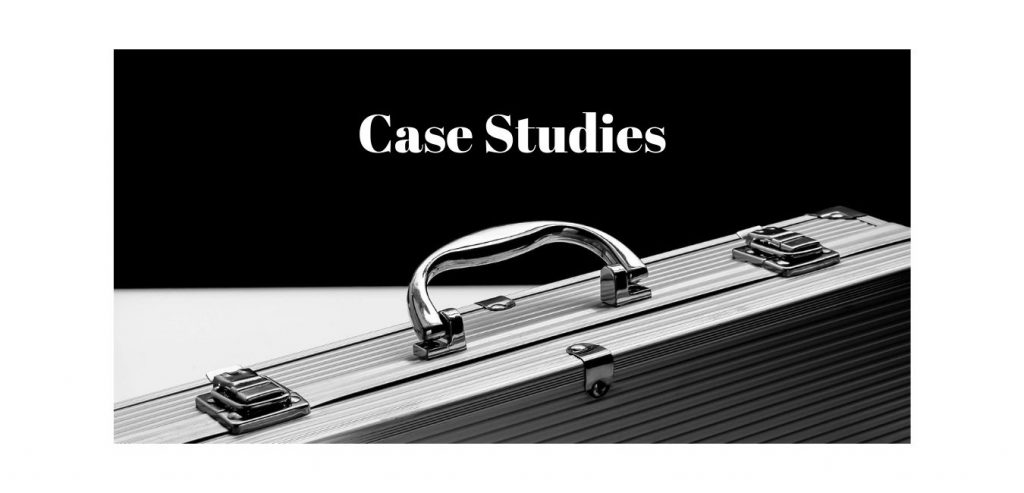
A case study tells a story. Generally, they work like this:
- Someone has a challenge or problem they must overcome.
- They discover a product or service that solves the problem (hopefully yours). Perhaps from several alternatives.
- They realize transformational benefits (and live happily ever after).
- Sometimes there’s a bonus teaser for the next sequel – to keep the metaphorical story loop open to further interest in other products or services.
Ever see those medical before and after pictures? But seriously, case studies can do a great many things, like:
- Show a return on investment for potential clients. What was the payback period? What were the upfront costs? Savings over time? A case study showcases your product or service as a “no-brainer” (i.e. why would I keep throwing money away?).
- Provide successful social proof showing your solution really works. Others have taken the leap and seen positive results. Therefore I don’t have to just trust their word for it.
- Showcase testimonials. Provide the happy customer’s own words. From the frustrating beginnings to the raving fan at the end.
- Lower the perceived risk. It’s been proven to work in real-world scenarios.
- Answer the prospect question: “But will it work for me?” If the case study is exactly (or similar enough) to their situation, then it’s a “case-in-point” to their specific needs.
Case studies are great to use as a talking point for face-to-face sales or events. Explain practical scenarios that show you understand the problems and pain points of your customer.
White Papers
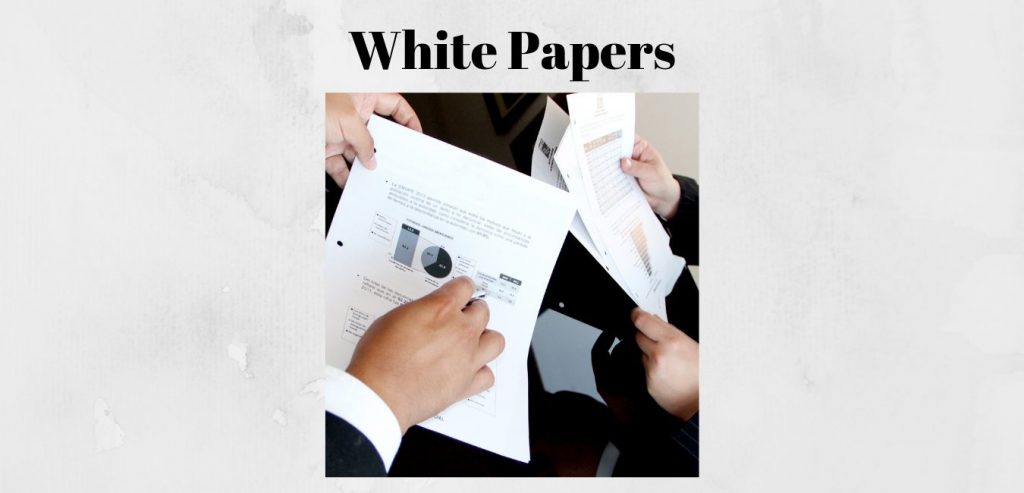
White papers inform and educate.
Well-written white papers (without the marketing hype), can persuade and circulate unlike any other collateral (remember shareable?). One of the main objectives of attendees at trade shows is to get more educated. To learn new things. To deeply understand the issues and problems they face. Bingo, the white paper.
You can help prospects find practical and easy-to-understand solutions to their problems. Think of a “how to” article, guide or report for the more technical audience. White papers go fairly deep into a topic (think 5-10 page report) and provide helpful advice and useful statistics. They don’t just hard sell.
From a marketing perspective, a white paper can:
- Generate leads
- Show thought leadership
- Influence buying decisions
- “Stick around”, re-circulate and nurture prospects
- Be repurposed into other marketing collateral (articles, blogs, case studies, etc.)
- Assist in staff education and training.
For technical, complex and expensive products and services: white papers can provide value – and go the distance.
Technical Product or Services Brochures
I know, it’s all online. And you’ve already got a website.
Yes, but…print makes it easy to hold something in your hands and pass it over to colleagues. It’s a great quick reference guide.
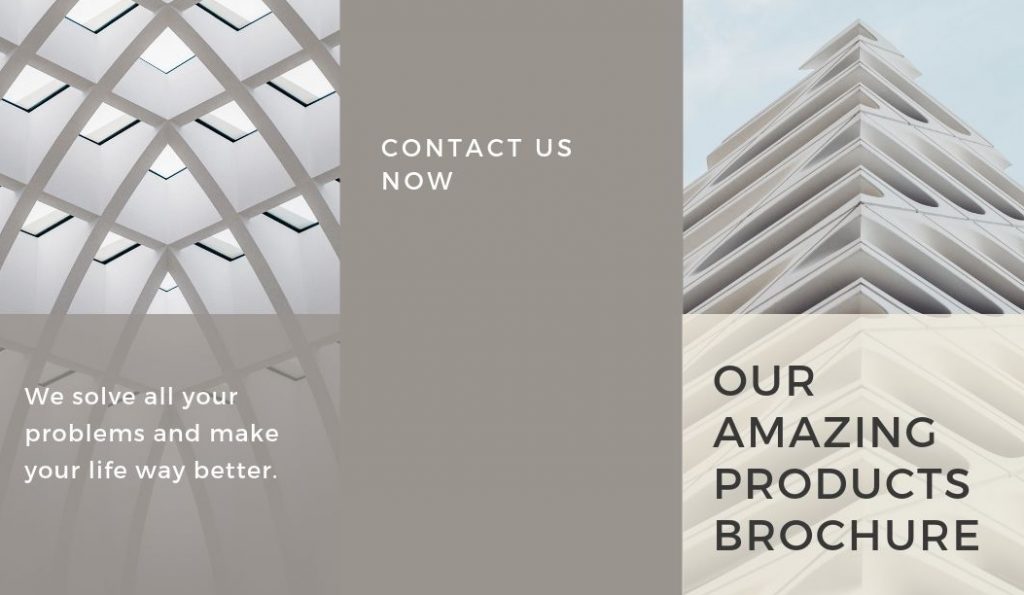
For technical and product brochures, you’ll usually want to address the following points:
- Name your prospect. Clearly identify who your products and services are for.
- Make sure they know you understand their issues (big and small).
- Identify the problems you are solving. Discuss the obvious technical problems, but don’t forget to address their frustrations. Connect emotionally within the technical stuff.
- Do you explain what makes you an authority? What makes you’re product or service the best one for the job? Show off your success stories.
- How do you do business? Is it an easy process (I hope)? Even if it’s complex, you better make it sound easy.
- What is the purpose of the brochure? Do you have a clear call to action? Ask them to do something. Call you? Make an appointment? Take a survey?
- What will their lives be like if they use your product or service? How will their business transform? Will they save money, time or both?
- OK, you also probably want to quickly mention the crap they’ll avoid if they go with you.
Bring Share-Ability to Your Collateral

Remember, many buying decisions go through multiple people in a company. While it may be that one person makes the final decision to buy, there are potentially other influential people throughout the process. Think about all the engineers, project leaders, department heads, marketing and office staff, CEOs, Boards etc).
So how can you make your content more shareable?
It gets tricky because you want your marketing collateral to be focused. Not watered down with scattered and confusing messages.
If you can, address a combination of technical and business issues in your materials. For example, take a white paper targeting a technically-minded audience. Can you sneak in a few business-related benefits? Perhaps in figures or side-bars? That way, it’s more shareable with the CEO.
Don’t Lose Potential Sales with Poorly Written Material
Here are some tips to keep in mind when writing your sales and marketing collateral.
1) Bring clarity to your content, so there is no confusion in the mind of your prospect. If you write from the perspective of your prospect, they are more likely to “get it”.
2) Use real situations to describe the features and benefits.
3) Show specific proof and examples of your product or service claims.
3) Use equal parts features and benefits. In B2C selling the benefits outweigh the features. But when selling technical and B2B products and services, it’s a lot about features, too. Don’t forget to include personal benefits to build a stronger case. How will your products and services make their job faster, easier or more fulfilling?
4) Make the headlines succinct and benefit-driven, for those who like to scan.
5) Eliminate buzzwords and jargon that’s not used by your customers and clients. Make sure your target audience uses your technical speak before you put it into your marketing collateral.
How an Experienced Freelance Copywriter can Help
Writing your own marketing material with so many other competing tasks can be an undue burden. When you don’t have the internal resources, a skilled freelancer can take a load off.
Events and trade shows can be productive, but still chew up a lot of time. Let me help you be efficient and maximise your efforts.
I’m a certified copywriter with over 20 years of experience in environmental science, outreach and planning.
Erik

